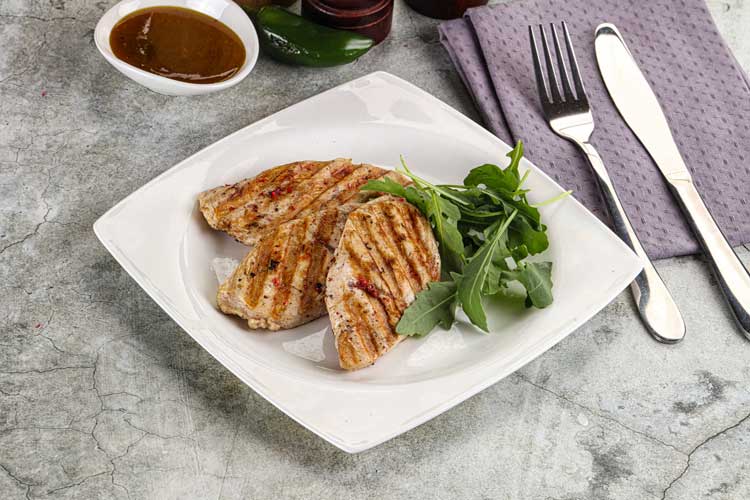A turkey breast roast is a boneless, skinless portion of turkey breast meat that can be roasted as a smaller and more manageable alternative to cooking a whole turkey. Unlike a whole turkey, a turkey breast roast consists solely of the white breast meat, without any dark meat or bones. This makes it a leaner… Read More…
Posts from August, 2024
Pork Tenderloin: The Most Tender and Juicy Cut of Pork
Pork tenderloin, also known as pork fillet or tenderloin of pork, is a long, narrow, tender cut of meat that comes from the muscle that runs along the spine of a pig. It is one of the leanest and most tender cuts of pork, making it a popular choice for various dishes. Unlike other cuts… Read More…



